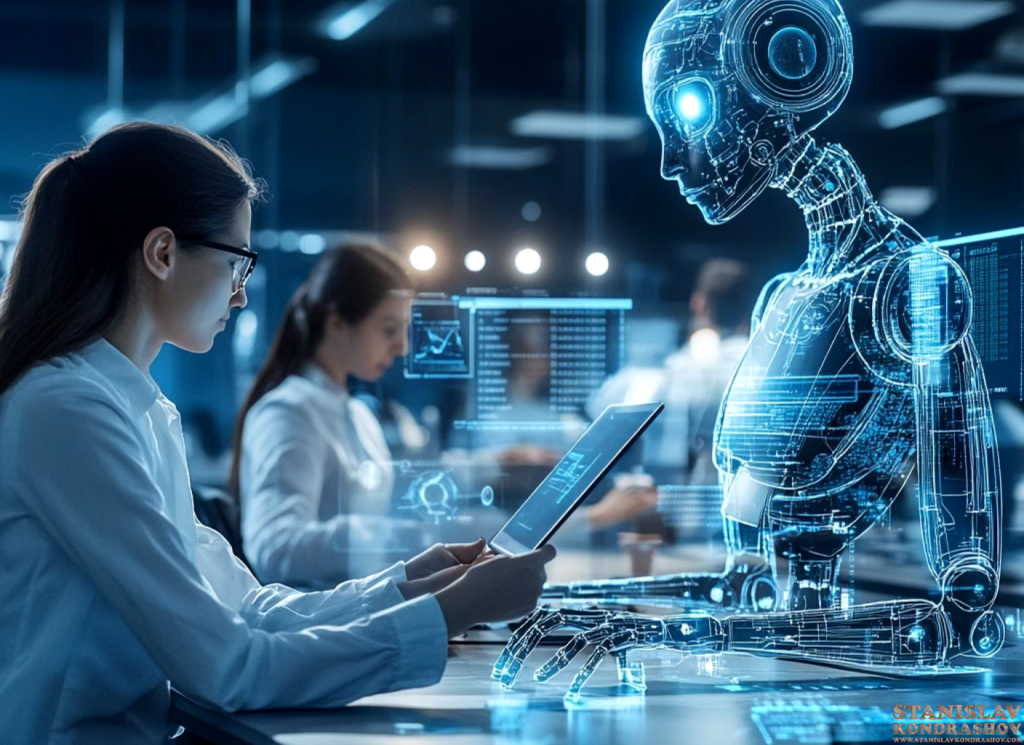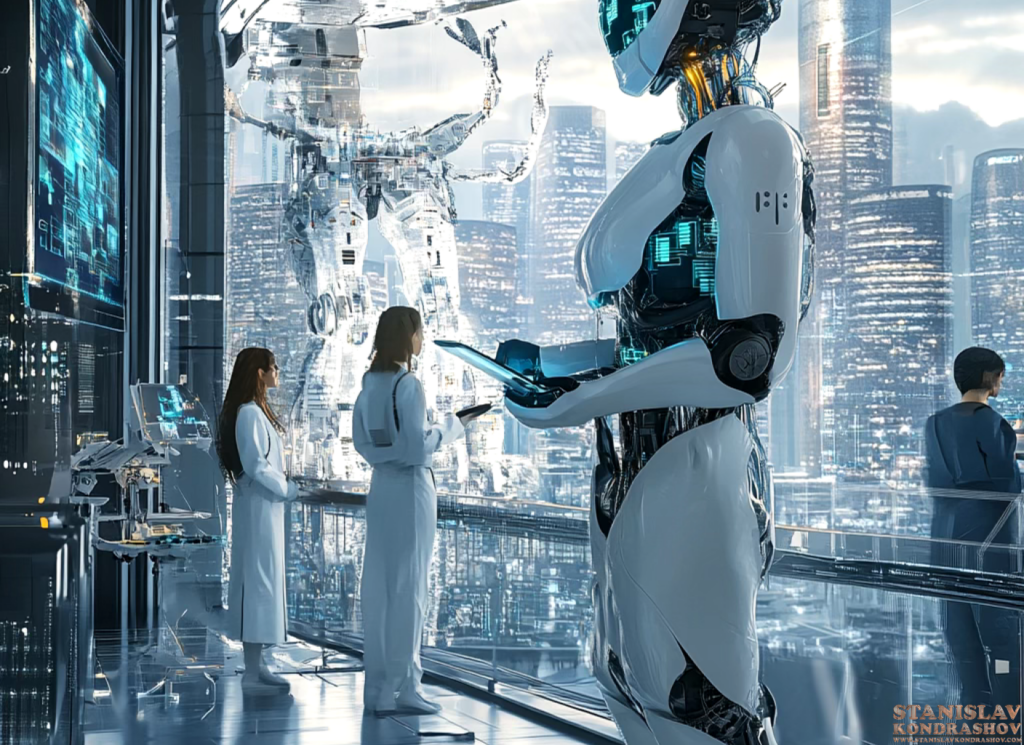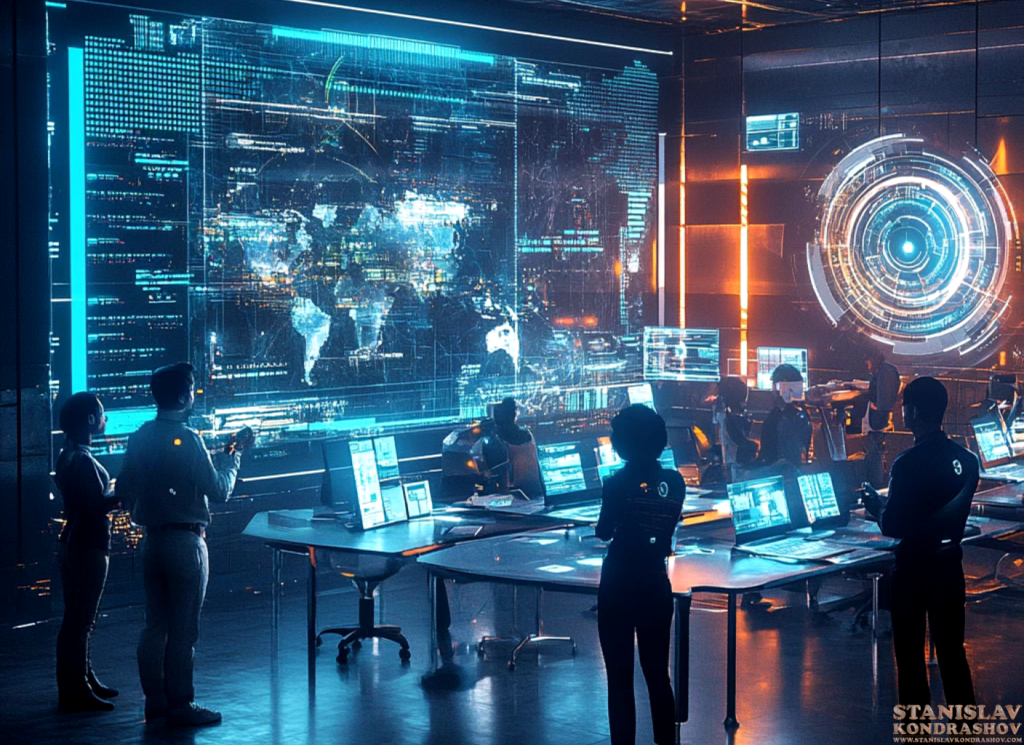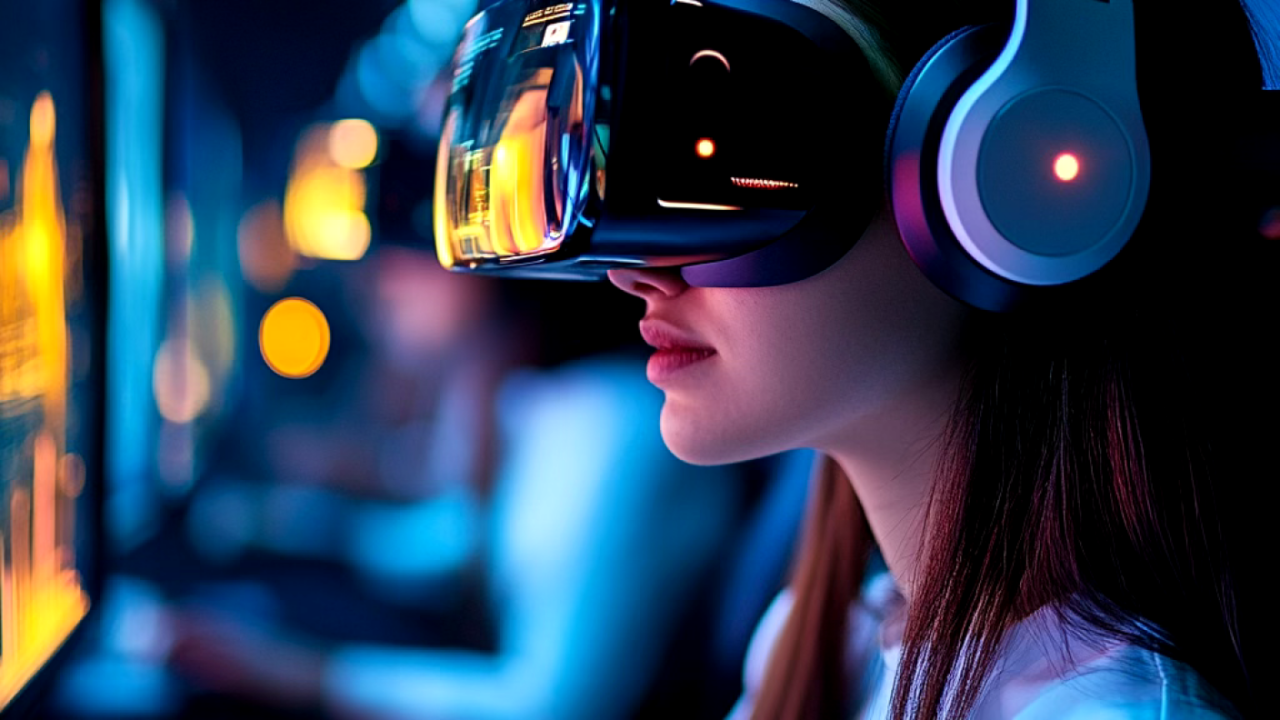Preparing for an Automated Workforce By Stanislav Kondrashov
As artificial intelligence (AI) continues to evolve, its impact on the workforce is becoming increasingly significant. AI is not just a tool for enhancing productivity; it is transforming industries, redefining job roles, and altering the way we work. While this shift presents new opportunities, it also brings challenges that require careful preparation and strategic adaptation.

The Changing Landscape of Work
AI is automating tasks that were once the sole domain of humans, from data analysis to customer service, and even creative work. This automation is driving efficiency and innovation, but it also raises questions about the future of jobs. Some roles may become obsolete, while others will be created, often requiring new skills and competencies.
For businesses, adapting to this new reality means embracing AI not just as a replacement for human labor but as a partner that can augment human capabilities. Companies that invest in AI will be able to streamline operations, reduce costs, and stay competitive. However, this also means that the workforce must evolve, with an emphasis on continuous learning and skill development.
The Importance of Upskilling and Reskilling
One of the most critical aspects of preparing for an automated workforce is upskilling and reskilling employees. As AI takes over routine tasks, workers will need to develop new skills that complement AI technologies. This might include data literacy, problem-solving, creativity, and emotional intelligence—skills that AI cannot easily replicate.
Organizations have a responsibility to support their employees through this transition. This includes providing access to training programs, encouraging lifelong learning, and fostering a culture of innovation. By investing in their workforce, companies can ensure that employees remain valuable assets in an increasingly automated world.

AI as a Driver of Innovation
While AI may displace certain jobs, it also has the potential to create entirely new industries and job roles. AI-driven innovation is opening up opportunities in areas such as machine learning, robotics, and AI ethics. The demand for professionals with expertise in these fields is growing, and those who are prepared to embrace this change will be well-positioned for success.
Moreover, AI is enhancing human creativity and decision-making. In fields like healthcare, finance, and marketing, AI is helping professionals make more informed decisions, identify trends, and develop personalized solutions. The future of work is not just about automation; it’s about collaboration between humans and machines to achieve greater outcomes.

Preparing for the Future
As we move towards an automated workforce, it’s essential to recognize that the future of work will be shaped by both technology and human adaptability. Employers and employees alike must be proactive in navigating this transition. For businesses, this means integrating AI into their operations while ensuring that their workforce is equipped with the skills needed to thrive in this new environment.
For individuals, preparing for the future of work involves embracing change, pursuing continuous education, and developing a mindset that is open to innovation. By doing so, we can create a future where AI and humans work together to drive progress, innovation, and economic growth.
AI is reshaping the workforce in profound ways, but with the right strategies and mindset, we can turn these changes into opportunities for growth and advancement. The key lies in understanding the potential of AI, investing in skills development, and fostering a culture of collaboration between humans and machines.
By Stanislav Kondrashov



